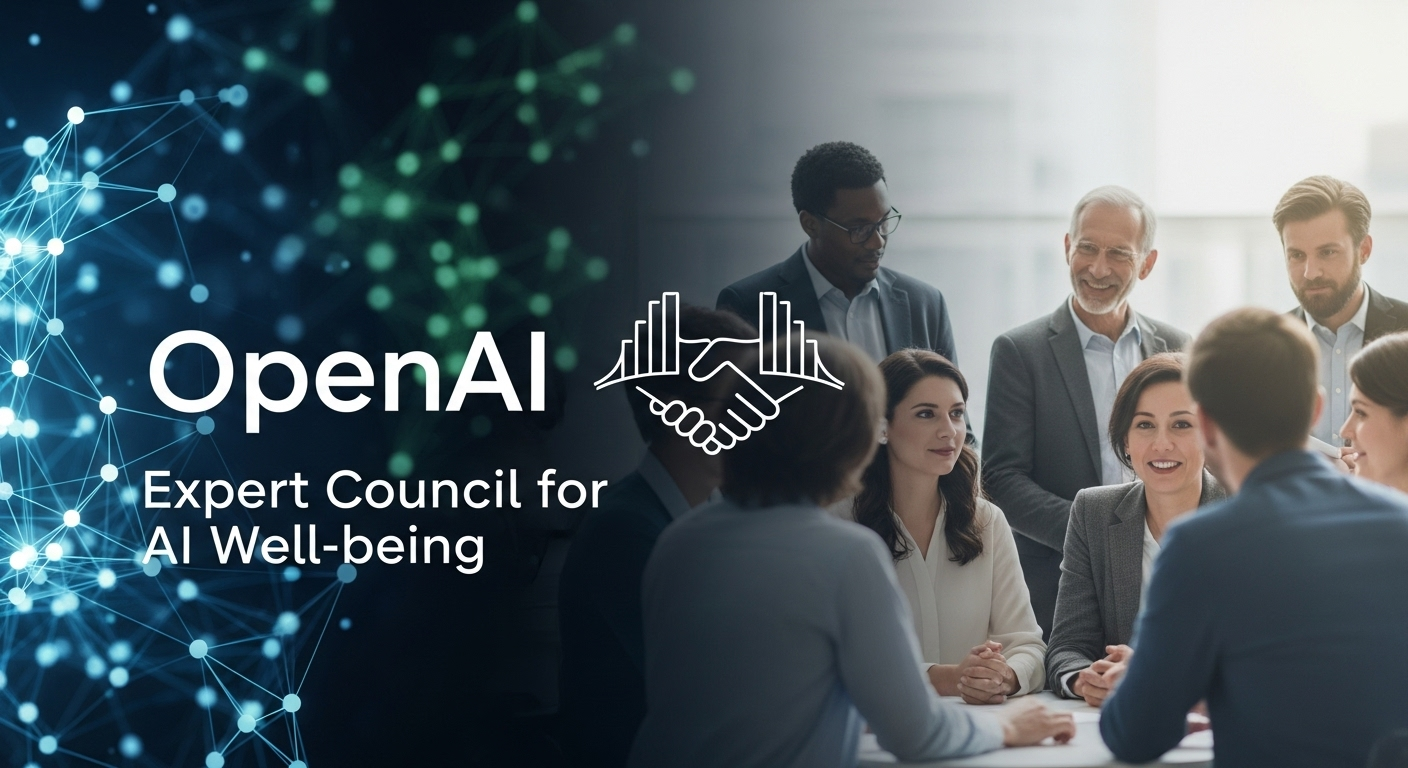Mercor’s Valuation Skyrockets to $10 Billion with $350M Series C Investment
In a significant development for the artificial intelligence (AI) sector, Mercor, a company focused on connecting AI labs with domain experts, is poised to raise $350 million in a Series C funding round. This investment will value Mercor at a remarkable $10 billion, marking a substantial increase from its previous valuation. The news, reported on October 27, 2025, underscores the growing confidence in Mercor’s mission and its pivotal role in the advancement of AI.
The Significance of Mercor’s Valuation
The $10 billion valuation reflects the immense potential investors see in Mercor’s approach to training foundational AI models. Mercor bridges the gap between cutting-edge AI labs and seasoned domain experts, creating a collaborative environment that accelerates the development and refinement of sophisticated AI systems. This unique positioning has made the company a key player in the rapidly expanding AI landscape.
Why is this valuation so significant? It demonstrates the market’s belief in Mercor’s ability to not only innovate but also to execute its vision. The large funding round will allow Mercor to further expand its operations, invest in new technologies, and attract top talent. This, in turn, will enable the company to maintain its competitive edge and continue to drive advancements in the field of AI.
How Mercor Operates: Connecting AI Labs and Domain Experts
How does Mercor achieve its success? The company’s core strategy revolves around creating a synergistic relationship between AI labs and domain experts. These domain experts provide invaluable real-world knowledge and insights, which are crucial for training more effective and applicable AI models. By connecting these two critical components, Mercor ensures that the AI models it helps develop are not only technically sound but also practically relevant.
This approach allows for the creation of more robust and reliable AI models, capable of handling complex real-world challenges. This is a crucial differentiation, as many AI labs struggle to translate theoretical advancements into practical solutions. By focusing on practical application, Mercor is able to offer a unique value proposition, making it an attractive investment opportunity.
The Role of Series C Funding
The Series C funding round will be instrumental in fueling Mercor’s future growth. The $350 million investment will provide the company with the resources needed to scale its operations, expand its team, and explore new opportunities within the AI sector. This funding will likely be used to expand the company’s infrastructure, invest in research and development, and potentially acquire other companies to further strengthen its position in the market.
This investment validates the hard work and innovation of the Mercor team. It will allow Mercor to continue its mission of connecting AI labs with domain experts, leading to the creation of even more advanced and impactful AI models. The future looks bright for Mercor, and this Series C funding round is a significant step towards achieving its long-term goals.
Implications for the AI Industry
Mercor‘s success has broader implications for the AI industry as a whole. Its model of collaboration and practical application serves as an example of how innovation can be accelerated. This model highlights the importance of bridging the gap between theoretical research and practical implementation. The industry can learn a lot from Mercor’s approach.
The surge in Mercor’s valuation also signals a growing investor interest in the AI sector. As more companies like Mercor demonstrate the potential for real-world impact, the AI industry will likely continue to attract significant investment. This will drive further innovation and lead to even more transformative advancements in the years to come.
Conclusion
Mercor’s impressive $10 billion valuation, supported by a $350 million Series C funding round, reflects the company’s strong position in the AI market. By connecting AI labs with domain experts, Mercor is fostering a collaborative environment that accelerates the development of advanced AI models. This investment will enable Mercor to expand its operations and continue to drive innovation within the AI industry, paving the way for a future where AI plays an even more significant role in our lives.
This news is a clear indication that the AI field is rapidly evolving and that companies like Mercor are at the forefront of this revolution. With its innovative approach and strong financial backing, Mercor is well-positioned to remain a leader in the AI sector for years to come.








